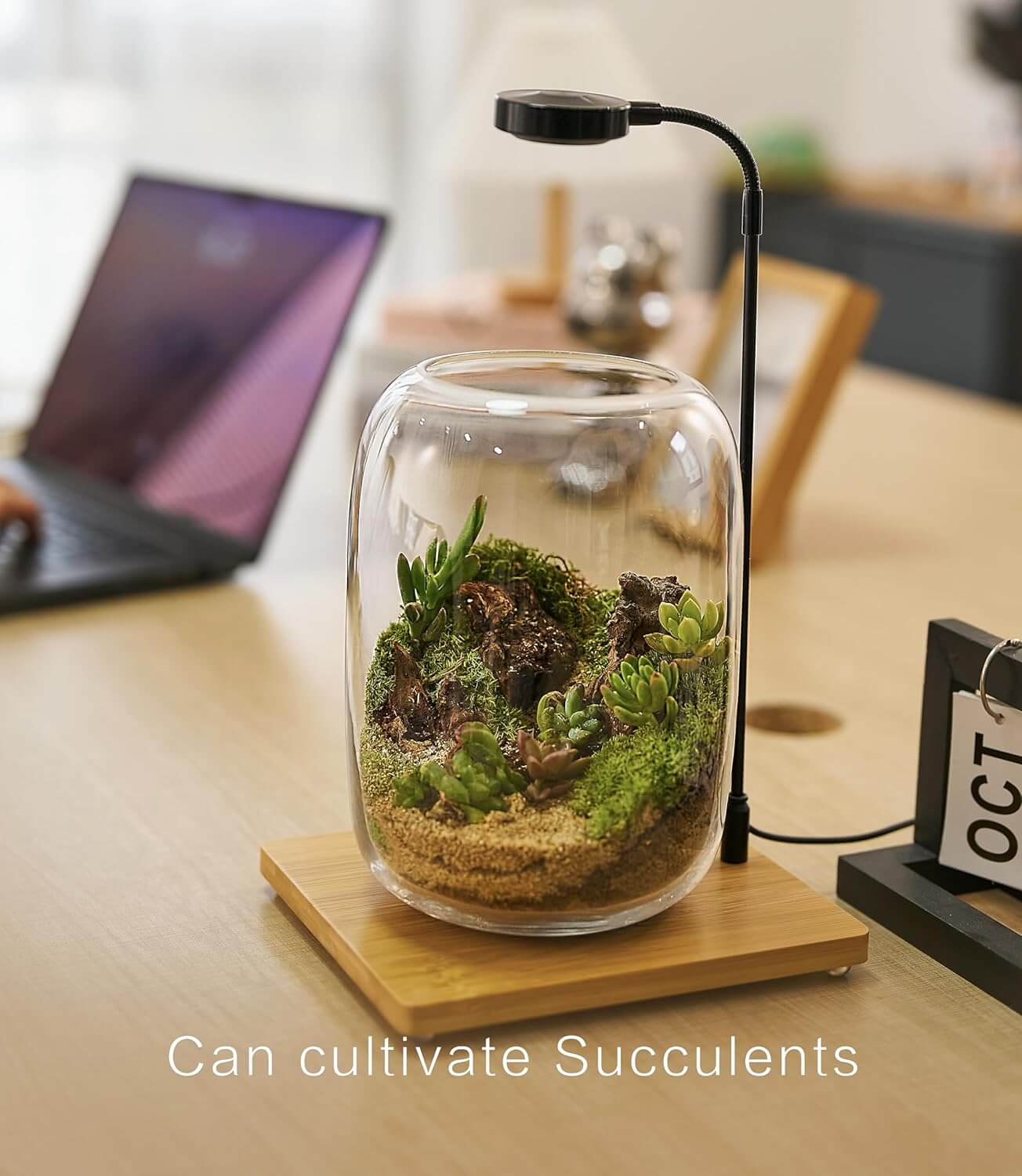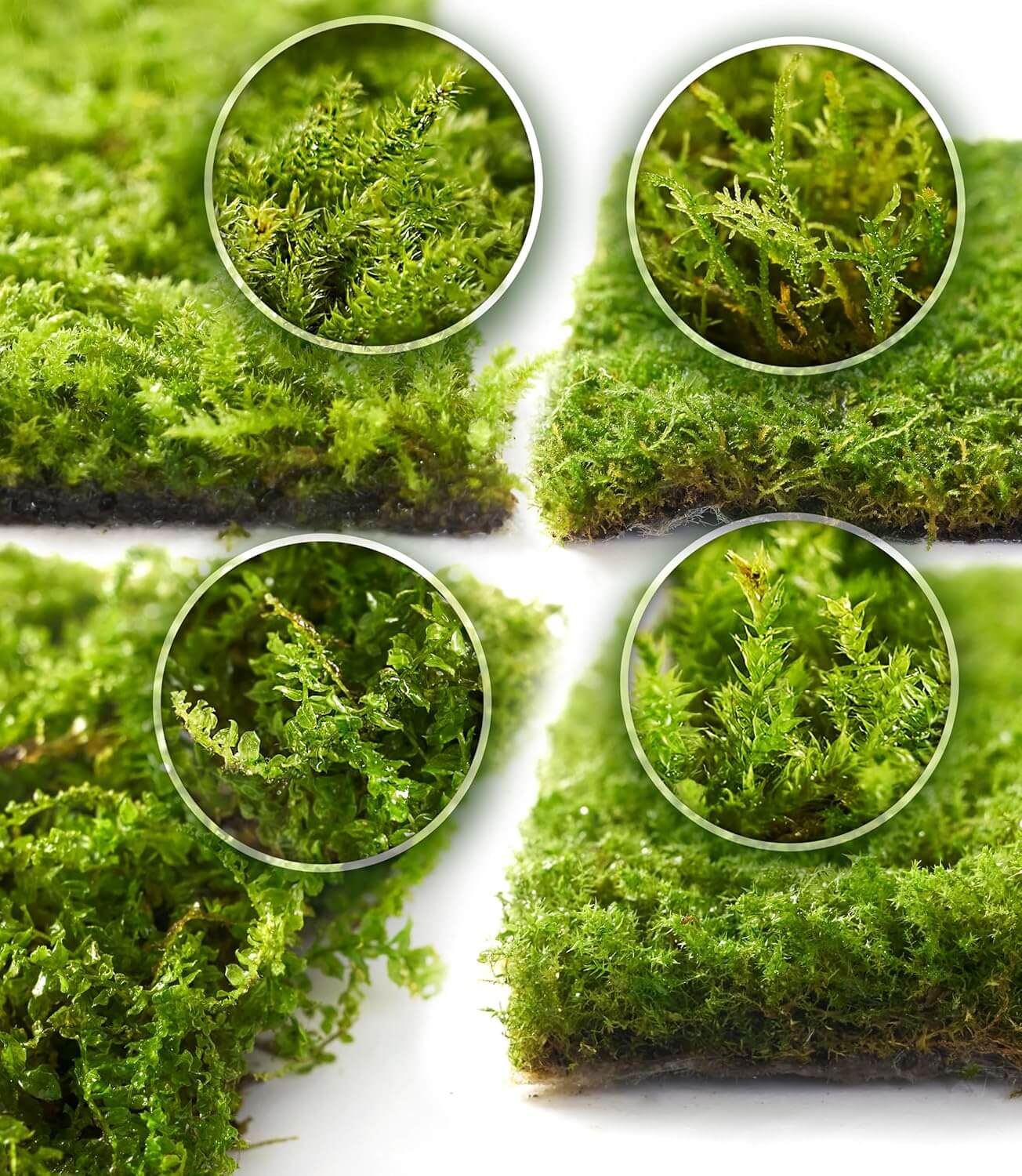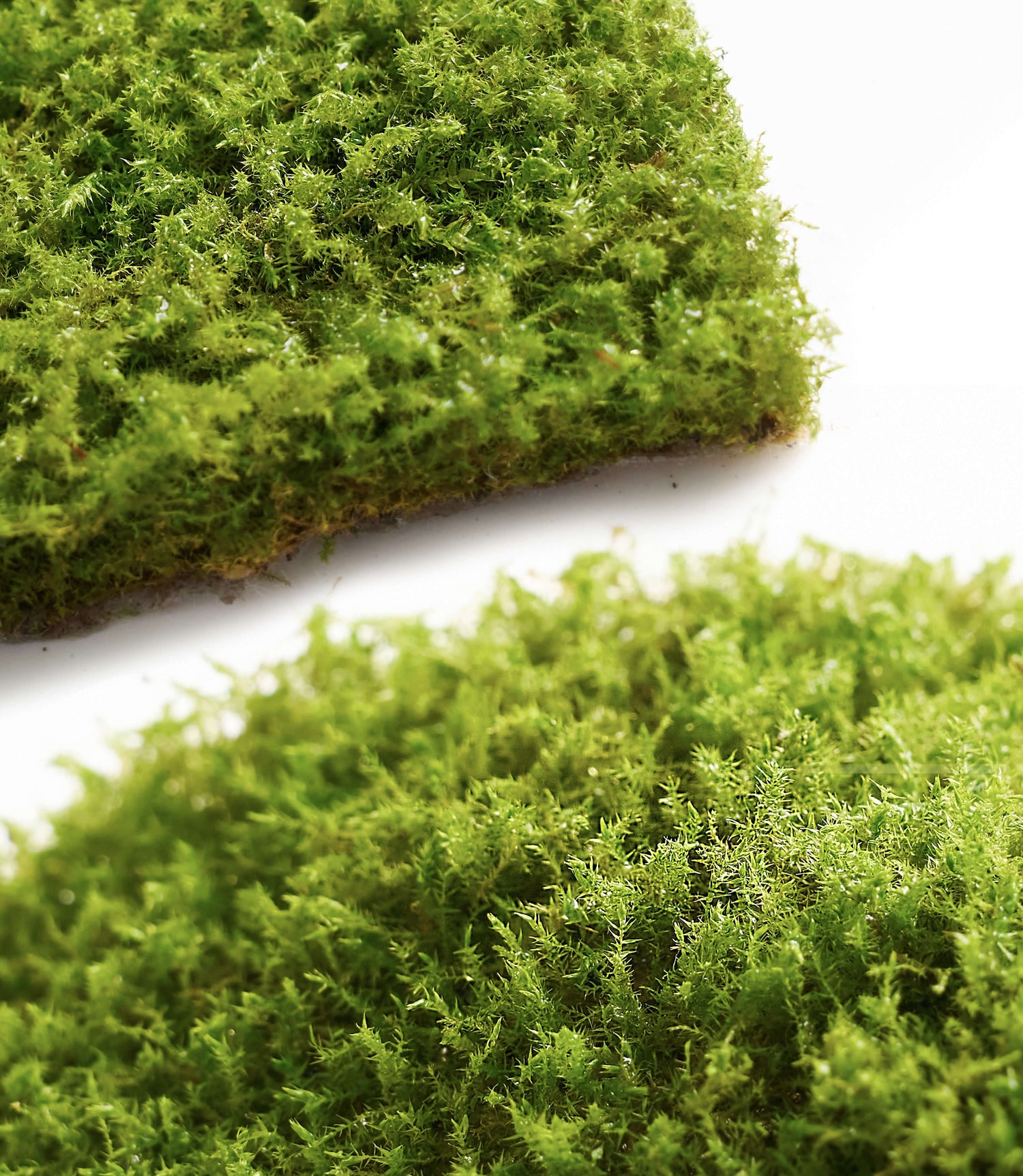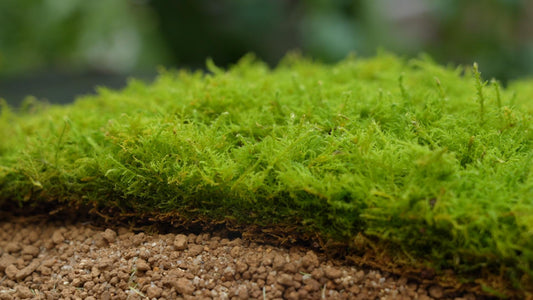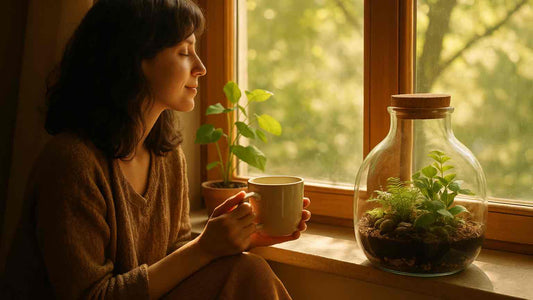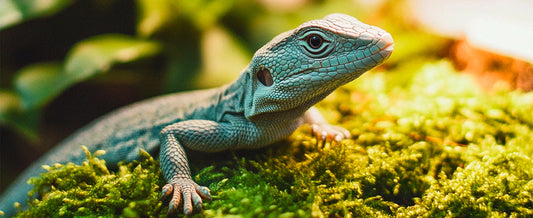Why Succulents Fail in Closed Terrariums (And How to Grow Them in Open Setups)
A while ago, while browsing Instagram, I saw a photo a friend sent me: a jade plant placed in a moss bio‑bottle. The walls of the terrarium were covered in water droplets, the jade plant's leaves were half‑rotted, and the moss underneath was moldy. He said aggrievedly, “Don't they say you can grow anything in a terrarium?”
I looked at the photo and sighed—I'd fallen into this trap before. Back then, when I was new to succulents, I thought moss and jade plants would be beautiful in a closed succulent terrarium, all lush green and translucent. But within three days, the jade plant's leaves melted and clung to the walls, and even the surrounding moss turned black. Later, after some research, I realized that succulents are simply not suited to closed terrariums.
CAM Metabolism: Night Breathers, Day Savers
After keeping succulents for a while, I discovered that they behave differently from other plants. Last summer, I kept a succulent in my bedroom. I woke up in the middle of the night to water it, but when I felt the soil, it was dry, yet the leaves were still strong. Later, I read a book on plant physiology and learned that this is called CAM metabolism: succulents close their stomata during the day to conserve water, only to secretly open them at night to absorb carbon dioxide. Much like humans only dare to take a deep breath at night, this unique survival technique allows them to survive in the desert. However, these habits are most vulnerable to suffocating humidity.

Closed Humidity vs. Open Air: A Simple Experiment
Thus, the high humidity in a closed terrarium is a disaster for succulents. I once conducted an experiment: I placed the same bear paw plant in an open terrarium and in a semi‑closed terrarium. The plant in the semi‑closed terrarium lost all its leaves within two weeks, and its roots felt slimy. The plant in the open terrarium grew more slowly, but its leaves were plump and it was perfectly fine. Later, when I dumped out the substrate, I discovered that the soil in the semi‑closed terrarium felt watery when pinched, while the soil in the open terrarium felt moist. That's the difference.
The university extension center has long stated that closed terrariums are not suitable for growing succulents and cacti because high humidity causes them to rot quickly. My experience has proven this true. Succulents that suffocate and rot, revealing clear slime when you cut their leaves, are actually suffocating and rotting due to water retention.
The Core Formula: Ventilation · Dryness · Air Permeability
After three years of failure, I finally discovered the secret to long‑term rot prevention in open terrariums. The key lies in three words: ventilation, dryness, and air permeability.
1) Drainage Layer: Solid—but Don’t Rely on “False Bottoms”
Initially, I used expanded clay, thinking a 5 cm thickness would be enough, but the roots still rotted. Later, I learned that if the container doesn't have drainage holes, the LECA (Lightweight Expanded Clay Aggregate) layer at the bottom will only trap water and won't improve drainage. A safer approach is to use a pot with a lid and perforated inner pot, or a container with holes. For airtight containers, water moderately and avoid chronic waterlogging—a gardening misconception Washington State University specifically warns against. Don't assume you can water freely with gravel.
2) Substrate: “Firm” and Fast‑Drying
I previously used a mixture of peat moss and perlite, but it retained too much water, causing root rot in my jade plant. I switched to two recipes:
- Firmer potting mix: 2:1:1 all‑purpose potting soil : coarse sand : perlite — dries quickly and is easy to replicate.
- Mineral mix (simple & fast‑drying): 60–70% pumice, 20–30% coarse sand, 10% pine flakes or a small amount of coconut coir.
Don't add too much vermiculite, as I did in my early years; vermiculite absorbs too much water—fine for seedlings, not for mature succulents.
3) Aeration: Gentle Cross‑Flow, Not a Wind Tunnel
I try placing the tank near a window and placing a small fan opposite to promote air circulation. In fact, natural convection is usually sufficient for an open tank; the fan should be run gently and at a low speed to avoid direct airflow onto the plants, which could cause “wind burn.” Compared to the same tank placed in a corner, the leaves in the better‑ventilated tank are more compact, allowing even the dead leaves at the bottom to dry out faster, reducing the likelihood of mold.
- Less watering — drought first, water later.
- Localized watering — add water at the edge/inner pot; avoid flooding the container.
- Adequate light — bright exposure tailored to the variety.
- Full air — free airflow beats sealed humidity.
In the early years, I always had trouble watering my succulents. Once, I saw that the leaves of a jade plant were slightly wrinkled, so I poured a large pot of water into the pot. The next day, the leaves cracked. Now I've learned to water locally—don't try to fill an airtight container with water. Water sparingly along the edge of the pot or use a drip pot with a bend (for example, 5–10 ml per pot for a small pot). It's better to keep the soil dry than damp, and re‑water only when it's completely dry. If using a drip pot with holes, after watering the inner pot, prevent water from seeping into the bottom of the pot before draining the outer pot.
Lighting also depends on the variety. Last year, I placed a pot of succulents on a south‑facing enclosed balcony, and the leaves scorched. Later, I moved it to an east‑facing windowsill, where it receives four hours of soft sunlight daily, and the edges of the leaves turned red. Most succulents prefer bright light, but there are significant differences between varieties. Some varieties, like Haworthia, are more tolerant of partial shade and are easily burned by direct sunlight. A combination of direct morning sun and bright, diffuse sunlight is generally a safe combination.
The key is “natural cultivation.” I place my open terrarium directly outdoors on a trellis, where it receives a little rain on rainy days and a gentle breeze on sunny days. After six months, the leaves of my succulents have become as firm as lotus leaves, and they are more vibrant than those grown indoors. A bear's paw plant, previously plagued by root rot, has now sprouted three side shoots—it seems they're better suited to exposure to wind and rain than to the meticulous care of a closed container.
Succulents and mosses share some similarities in cultivation, such as requiring direct sunlight and avoiding waterlogging. However, they also have many differences, so don't follow my lead and use moss as a decorative element in your succulent's tank. Mosses prefer high, stable humidity, while succulents prefer low humidity and dry quickly. This conflicting moisture distribution can lead to a water imbalance for one plant or the other.
If you must use both, use only a small amount of moss to partition wet and dry areas (not recommended for beginners). I once surrounded a lithops plant with a ring of white‑haired moss, but the moss turned yellow after a few days, and the roots of the lithops rotted. It was a complete loss for both plants.
Don't be too obsessed with the idea that a closed terrarium is less stressful. I've seen people say that closed terrariums retain water, so I built a covered tank for my succulents. A week later, I lifted the lid and was greeted by a musty smell. The stems had turned black. Now I think about it, succulents are like wild children in the mountains; they need exposure to wind and rain to thrive.
Raising succulents is like raising a wild cat; you can't coop them up indoors all day. Give them a bright, open environment, worry less, and observe more. Watching them slowly sprout new leaves and buds is more satisfying than any carefully designed airtight container.

